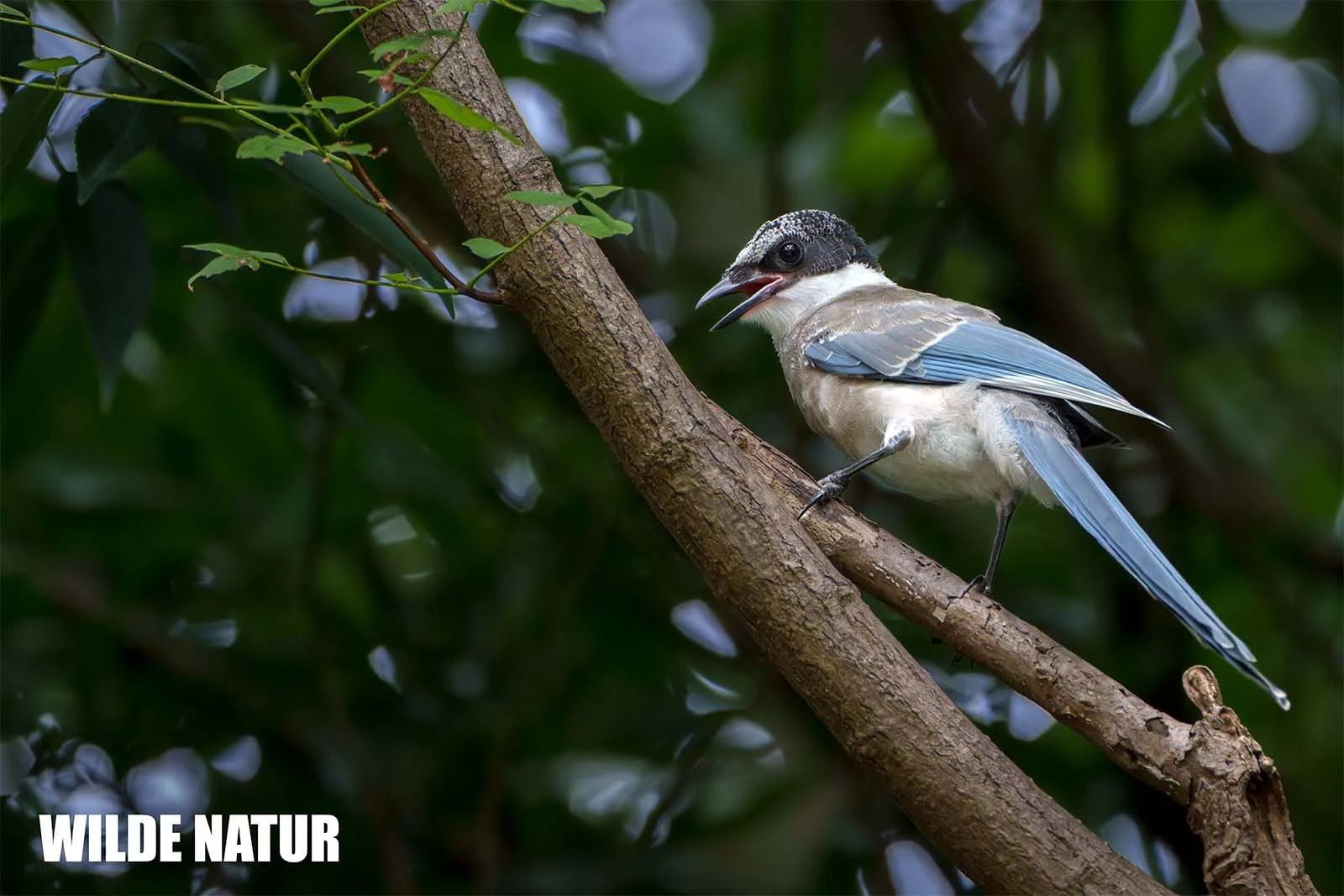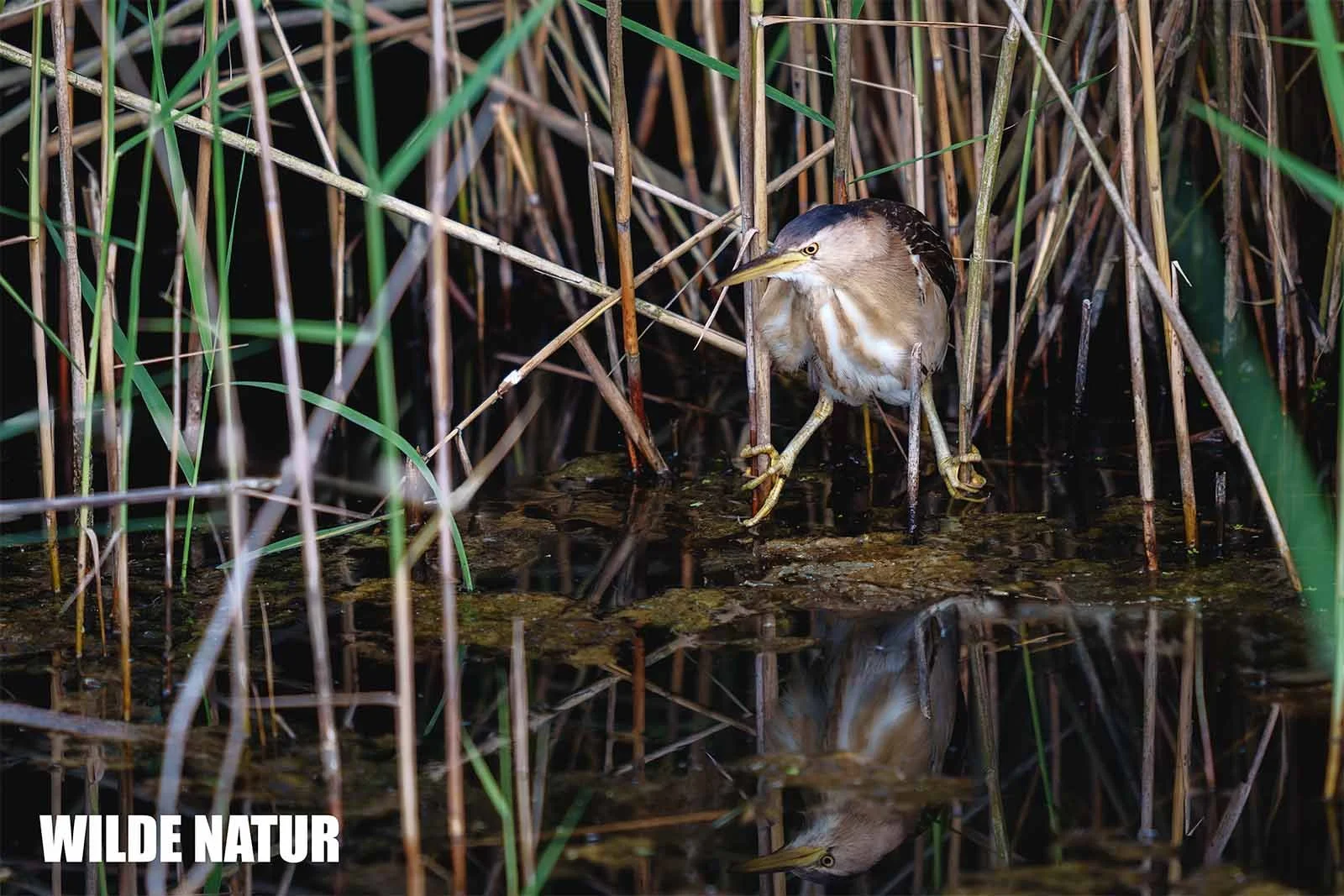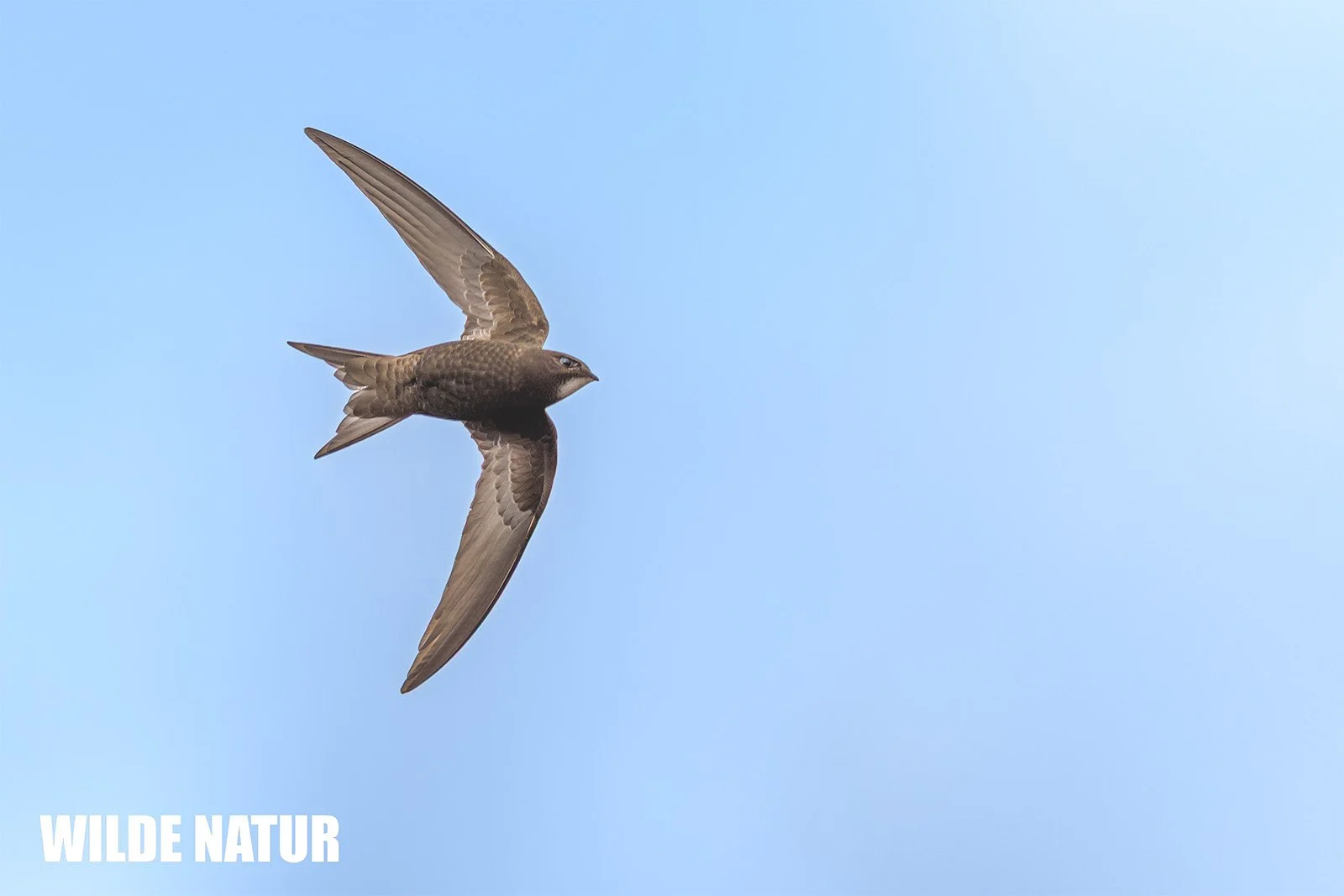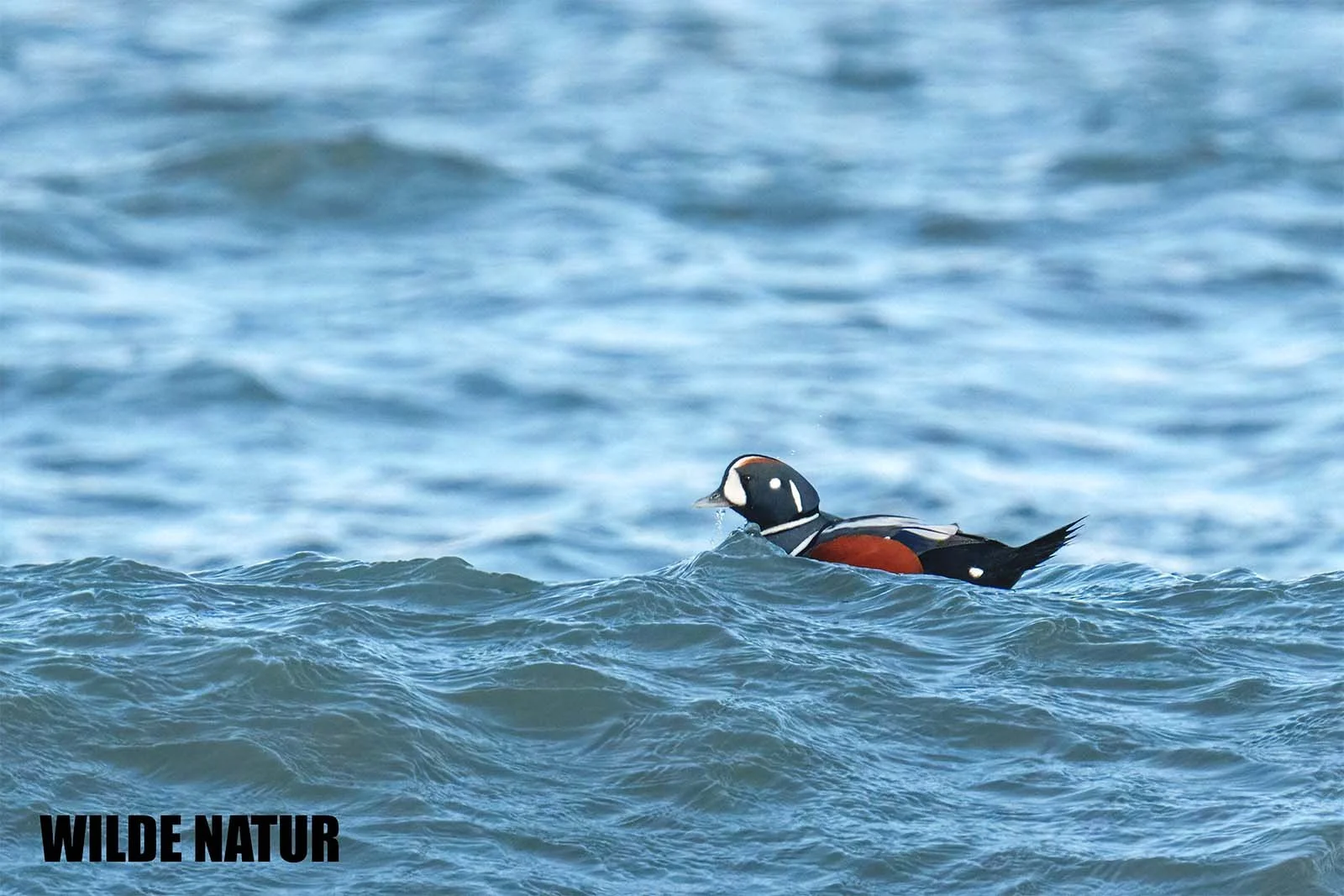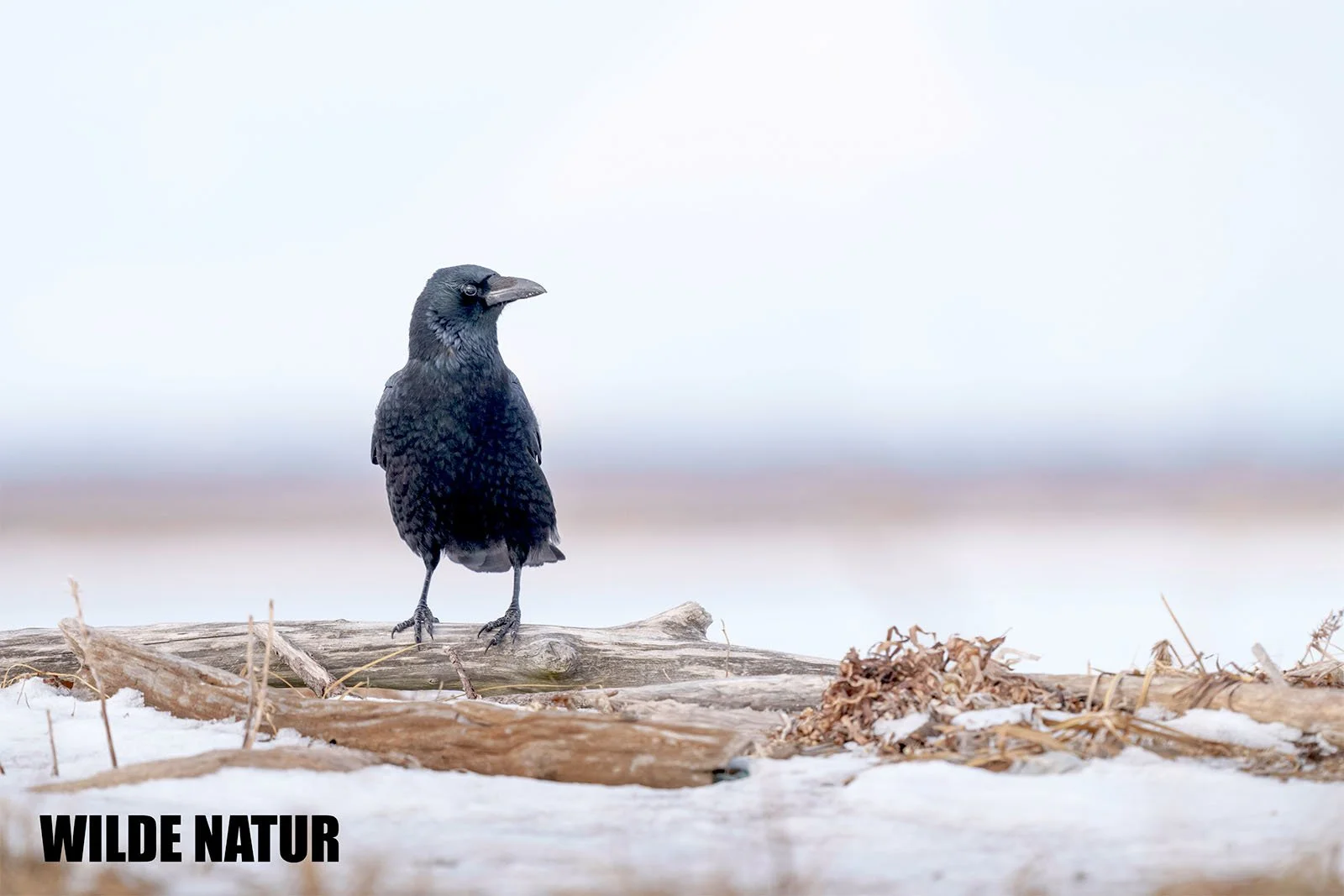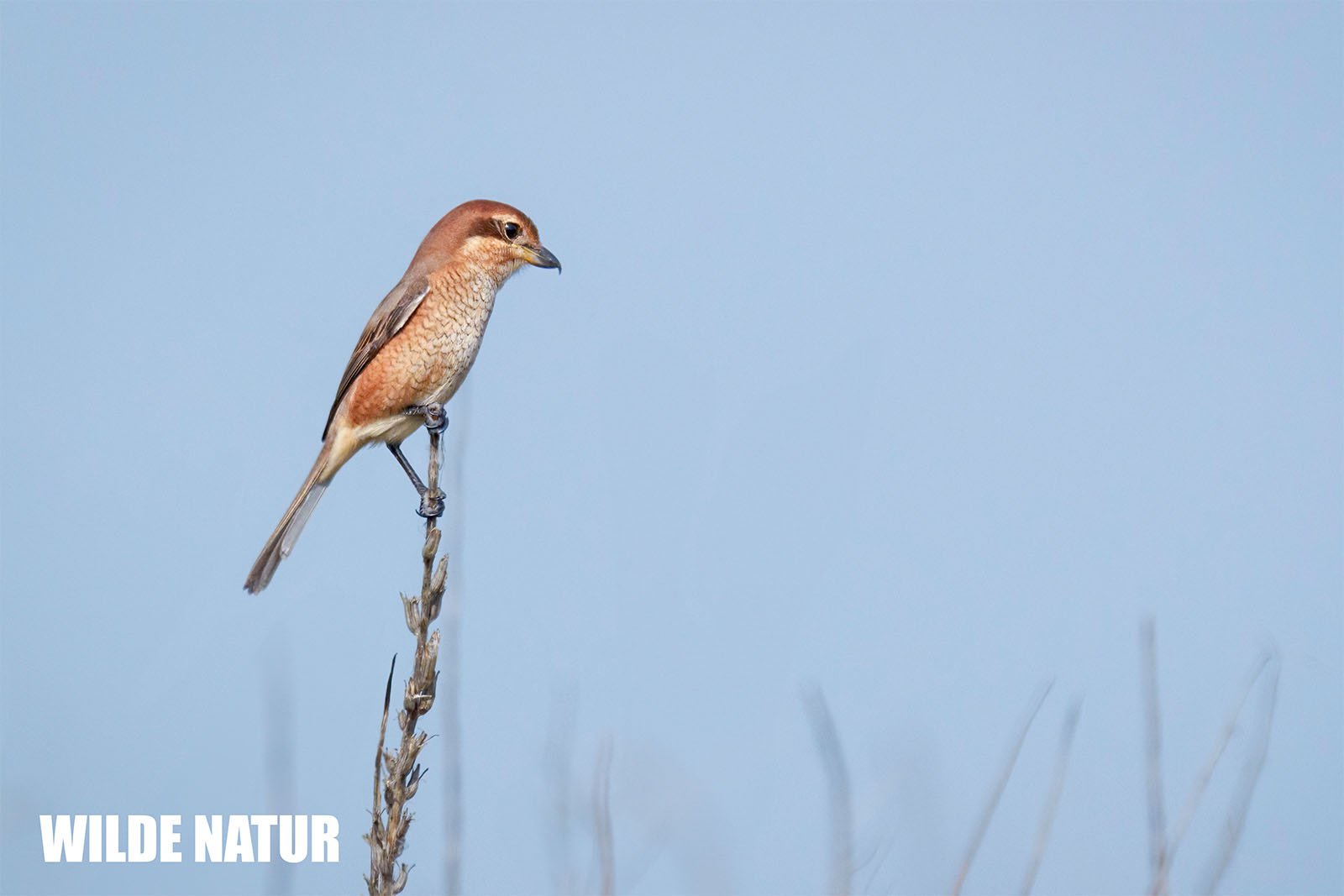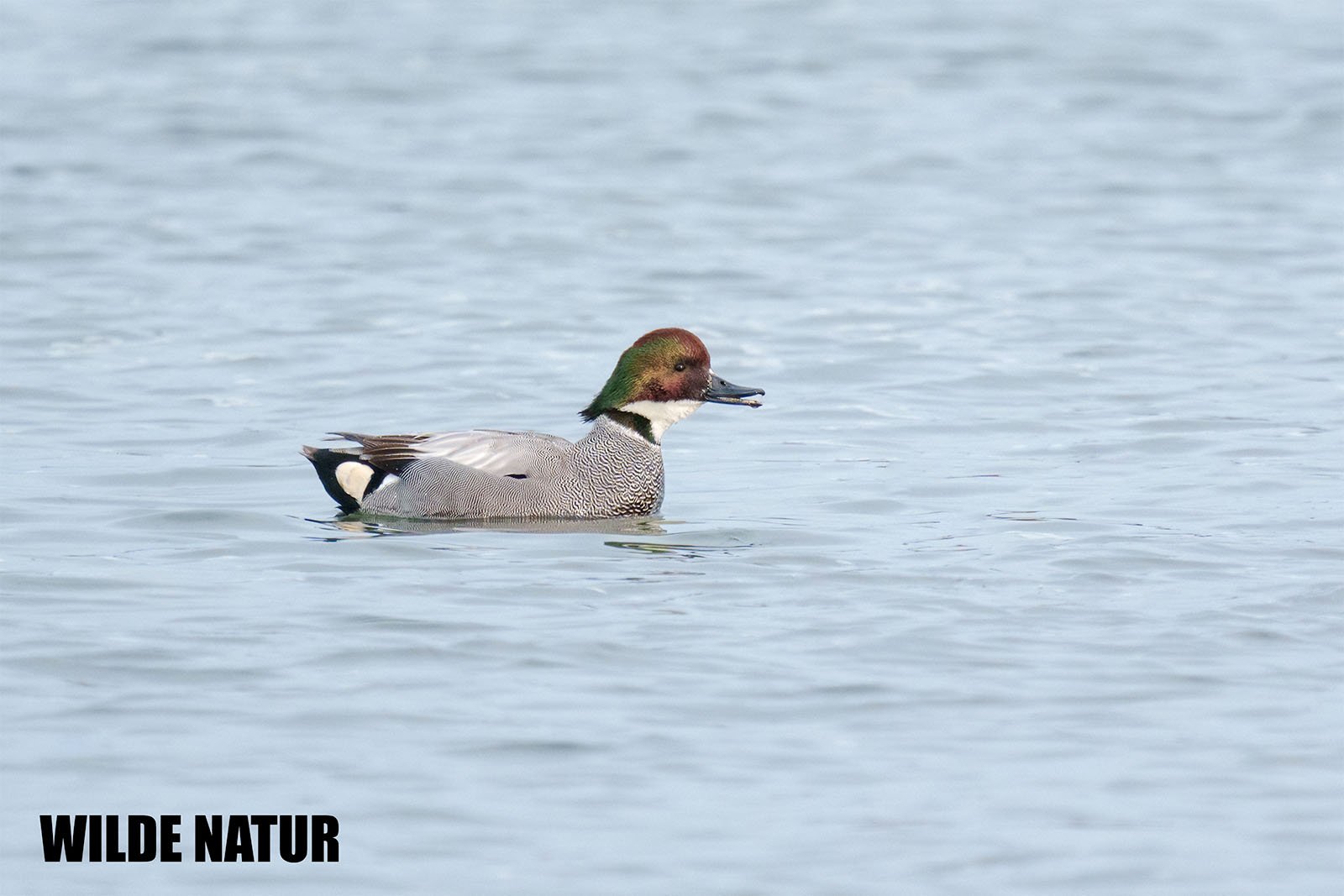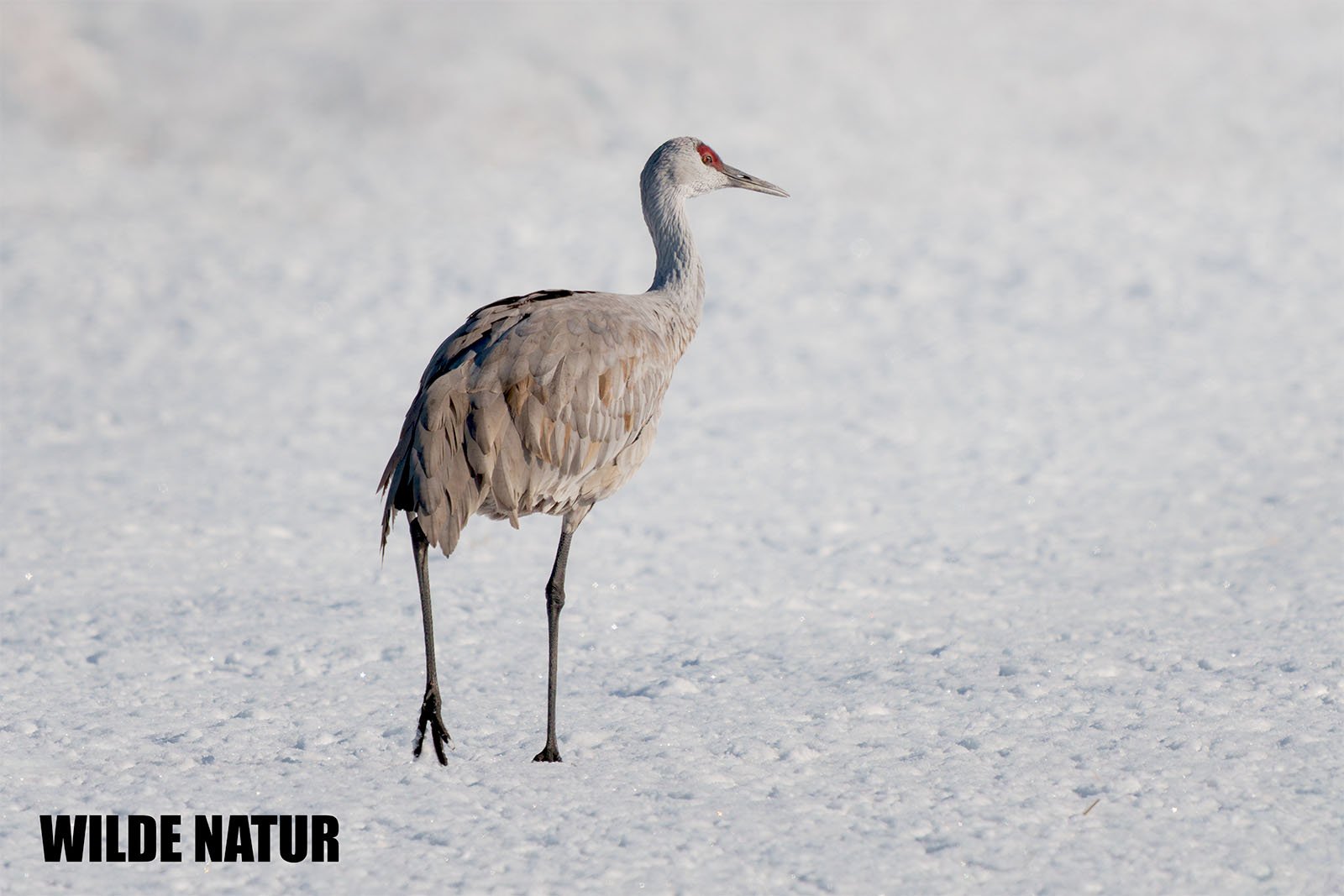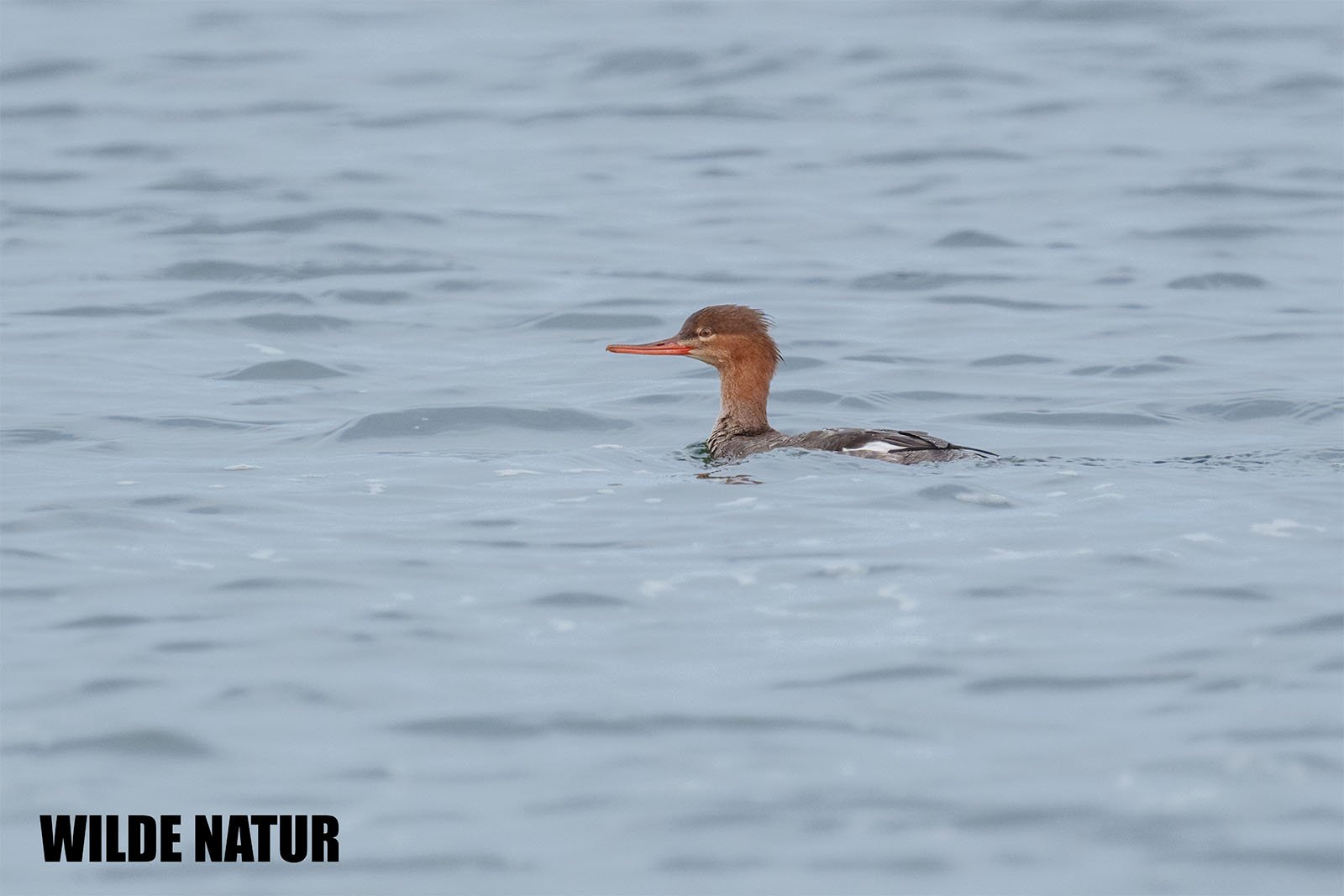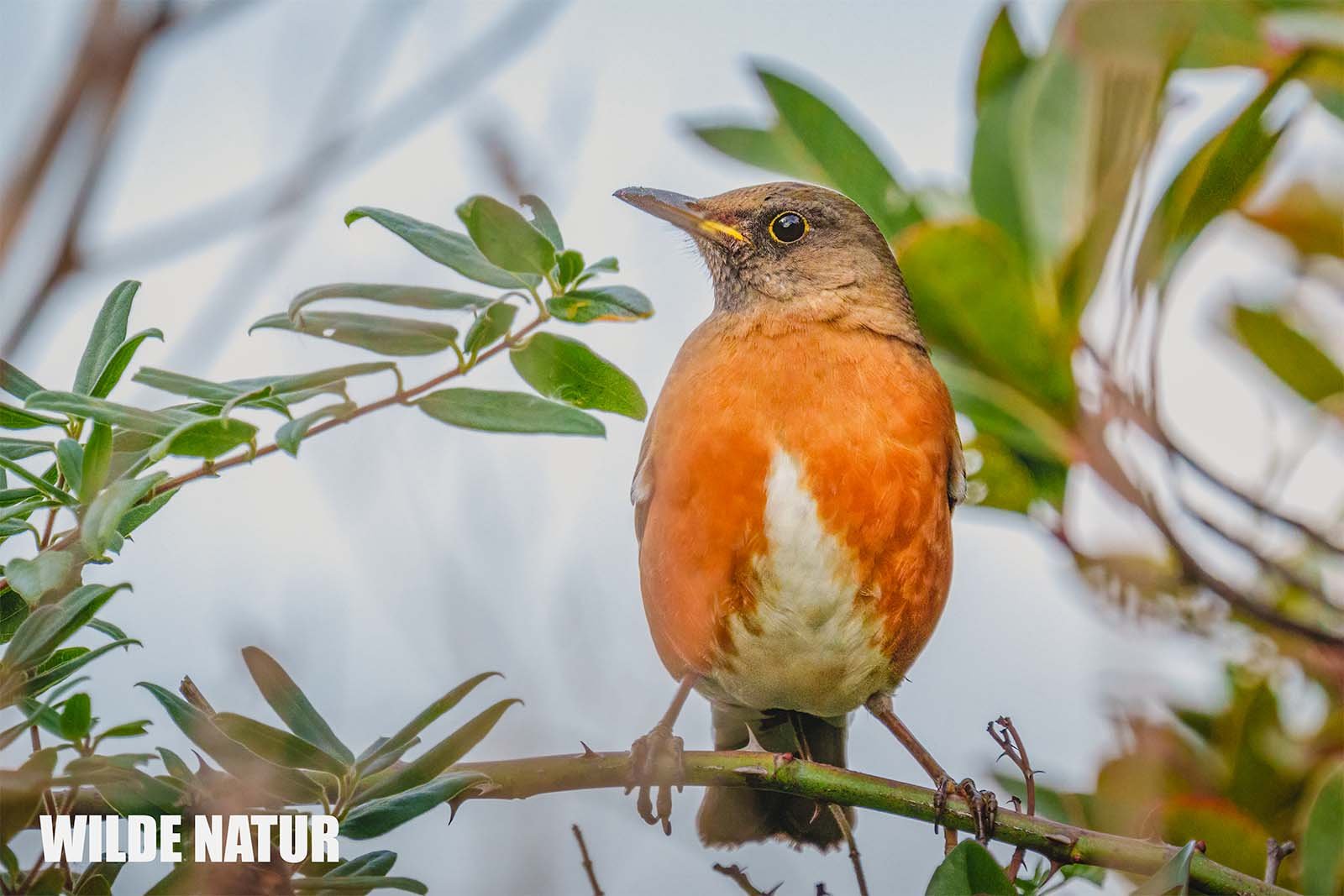Eurasian Sparrowhawk (Accipiter nisus)
Eurasian sparrowhawk (Accipiter nisus) Male
Sparrowhawk – Habitat, Hunting Techniques & Fascinating Facts About This Agile Bird of Prey
The Eurasian Sparrowhawk is an agile and skilled bird of prey specialized in hunting small birds. Its lightning-fast maneuvers allow it to chase prey even through dense vegetation. Especially in winter, it frequently appears in urban areas, where it lurks near bird feeders to catch songbirds.
Table of Contents
- Key Facts
- Appearance and Features
- Habitat and Behavior
- Breeding & Nesting
- Hunting & Diet
- Shortlist – All Facts at a Glance
- FAQ – Frequently Asked Questions
- Conclusion
1. Key Facts
- Size: 29–41 cm
- Features: Small bird of prey with a long tail and broad wings; males are bluish-gray, females are brownish-gray and nearly twice as heavy
- Range: Typically nests in forests with tall, mature coniferous trees but is increasingly found in urban areas such as parks and gardens
- Breeding: Builds nests close to tree trunks in conifers, 5–10 meters high; the male provides food for the female and chicks during breeding season
- Diet: Mainly small birds up to the size of a thrush; females can also catch larger birds such as wood pigeons
Eurasian sparrowhawk (Accipiter nisus) Female
2. Appearance and Features
The Eurasian Sparrowhawk is a compact yet powerful bird of prey with a long tail that aids in making sharp turns. Its broad, rounded wings distinguish it from other raptors.
Male
- Upperparts bluish-gray, underparts with fine reddish-brown barring
- Smaller and slimmer than the female
- Appears especially agile in flight
Female
- Upperparts brownish-gray, underparts with dark horizontal barring
- Nearly twice as heavy as the male
- Can take down larger prey, including pigeons
Juveniles
- Overall browner plumage, with bold markings
- Duller appearance compared to adults
3. Habitat and Behavior
Sparrowhawks typically nest in forests with tall, mature coniferous trees but are increasingly found in urban areas such as parks and gardens.
They are widely distributed and highly adaptable, thriving in habitats such as:
- Dense coniferous and mixed forests with mature trees
- Hedgerows & tree clusters in open landscapes
- Parks, cemeteries & large gardens in cities
- Residential areas in winter, where they hunt songbirds near bird feeders
Their adaptability makes them one of Europe’s most successful birds of prey.
4. Breeding & Nesting
Sparrowhawks build their nests close to the trunks of coniferous trees, typically 5–10 meters above the ground.
- Only the female incubates the eggs, while the male provides food for the family
- The nest is a flat platform made of twigs, usually well hidden in dense foliage
- Young birds call with a distinctive "jih" sound, similar to young long-eared owls
5. Hunting & Diet
Sparrowhawks are specialized bird hunters. They rely on surprise attacks, using cover such as hedges, walls, or tree clusters to ambush their prey.
- Primary prey: Small birds up to thrush size
- Females can take down larger birds, such as wood pigeons
- Particularly active around bird feeders in winter
Their long tail and broad wings allow them to fly through dense vegetation and outmaneuver agile prey in mid-air.
6. Shortlist – All Facts at a Glance
- Compact bird of prey with extreme agility
- Habitat: Forests, parks, urban areas
- Hunting technique: Surprise attacks from cover
- Nest: High in coniferous trees, well hidden
- Size difference: Females are nearly twice as heavy as males
- Primary diet: Small birds, females also hunt larger prey
7. FAQ – Frequently Asked Questions
How can you distinguish a Sparrowhawk from a Goshawk?
The Sparrowhawk is smaller, with shorter wings and a longer tail. In flight, it appears more erratic and "flappy," while the Goshawk flies more powerfully and directly.
Why are Sparrowhawks often seen in cities?
In winter, Sparrowhawks move into cities because bird feeders attract large numbers of songbirds, making hunting easier.
Can a Sparrowhawk catch mammals?
Very rarely. Its primary diet consists of birds, as it is highly specialized in aerial hunting.
How does the Sparrowhawk catch its prey?
It uses cover (trees, hedges, buildings) to launch sudden, high-speed attacks. Often, it strikes prey in mid-air or just after takeoff.
Why is the female almost twice the size of the male?
The female hunts larger prey (up to pigeon size), while the male targets smaller, more agile birds. This division of labor ensures efficient feeding of the young.
8. Conclusion
The Eurasian Sparrowhawk is an impressive, fast hunter that has adapted well to various environments. Its ability to strike swiftly and maneuver through dense vegetation makes it a feared predator among songbirds.
While the male hunts small birds, the female can take down pigeons. In winter, Sparrowhawks frequently appear in cities, where their sudden attacks at bird feeders create dramatic scenes.
Tip for birdwatchers: Watch for sudden bursts of fleeing songbirds—this is often a sign that a Sparrowhawk is nearby!




